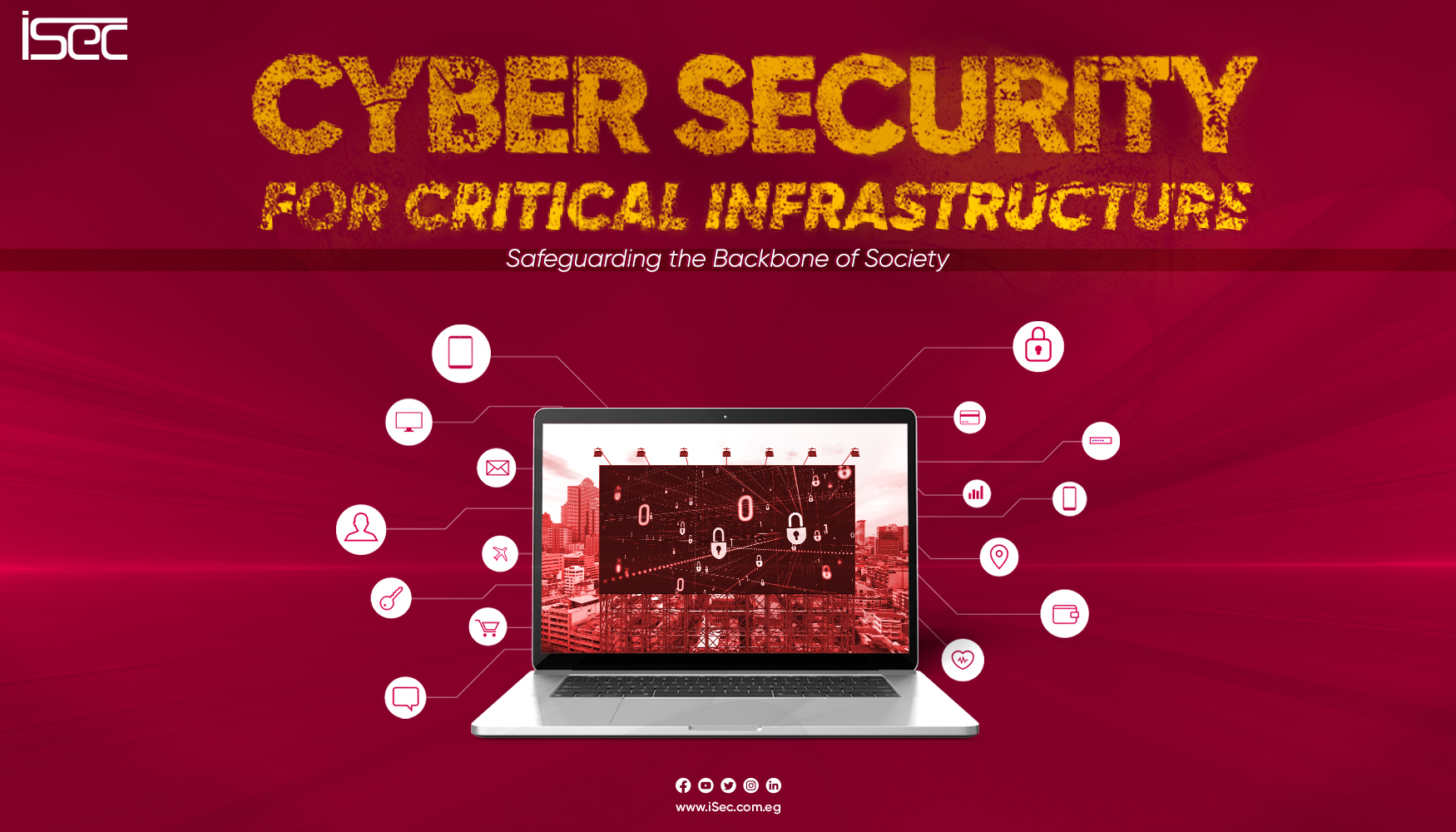
Introduction: Critical infrastructure forms the backbone of modern society, encompassing essential systems like energy, transportation, water supply, and healthcare. As these systems become increasingly reliant on digital technology, the need for robust cybersecurity measures has never been more critical. In this blog, we’ll explore the significance of cybersecurity for critical infrastructure, the potential threats it faces, and the strategies employed to secure it.
1. The Vital Role of Critical Infrastructure:
- Begin by explaining the crucial role that critical infrastructure plays in our daily lives, emphasizing its impact on economic stability and national security.
2. The Convergence of Digital Technology:
- Discuss how critical infrastructure systems are becoming more interconnected and reliant on digital technology, making them susceptible to cyber threats.
3. Types of Critical Infrastructure:
- Provide an overview of the various sectors falling under critical infrastructure, such as energy, transportation, healthcare, and emergency services.
4. Cyber Threats to Critical Infrastructure:
- Detail the specific cyber threats that critical infrastructure may face, including ransomware attacks, nation-state threats, and insider threats.
5. Real-World Examples:
- Share recent, high-profile cyberattacks on critical infrastructure to illustrate the potential consequences of security breaches.
6. The Stakes:
- Explain the disastrous consequences of a successful cyberattack on critical infrastructure, including power outages, transportation disruptions, and compromised healthcare services.
7. Regulatory Frameworks:
- Explore existing regulations and standards, such as NIST’s Cybersecurity Framework and the NERC CIP, that guide cybersecurity efforts in critical infrastructure sectors.
8. The Role of Public and Private Sectors:
- Highlight the collaborative efforts between government agencies and private organizations to protect critical infrastructure. Discuss information sharing and joint initiatives.
9. Defense Strategies:
- Describe the cybersecurity measures critical infrastructure organizations can implement, including network monitoring, intrusion detection systems, and incident response plans.
10. Resilience and Recovery: – Emphasize the importance of resilience and recovery plans in the event of a cyber incident. Discuss the role of backups and redundancy.
11. Workforce Training: – Stress the significance of a skilled cybersecurity workforce capable of safeguarding critical infrastructure. Explain the need for ongoing training and education.
12. International Cooperation: – Discuss the global nature of cyber threats to critical infrastructure and the importance of international collaboration and information sharing.
13. Future Challenges and Innovation: – Address upcoming challenges, such as the emergence of IoT devices and the impact of quantum computing. Highlight innovative technologies and strategies to mitigate these challenges.
14. Conclusion: Protecting Our Lifelines: – Summarize the vital importance of cybersecurity for critical infrastructure and the ongoing efforts to ensure its protection. Encourage continued vigilance and preparedness in the face of evolving cyber threats.
By covering these topics comprehensively, your readers will gain a deeper understanding of the critical role of cybersecurity in protecting the infrastructure that underpins our modern way of life.



